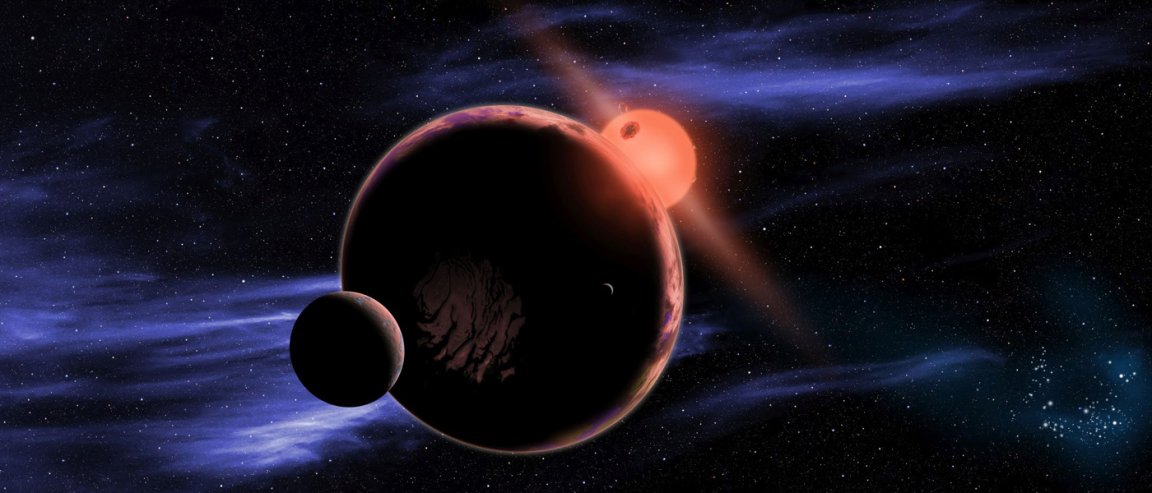
Red Dwarf
The world’s most renowned scientists all acknowledge that the search for alien life is important, but unfortunately, our quest for life beyond Earth has been long, arduous, and (so far) fruitless. It has also been constricted along several assumptions: Life is most likely found around a star similar to the Sun, with an orbital distance similar to Earth’s, and it is sending out signals similar to our own.
But now, scientists are loosening one of those assumptions.
A press release from SETI reveals that it is studying an additional 20,000 stars. But not stars like the Sun. No, SETI will be studying red dwarf stars, previously dismissed as incapable of harboring life.
The previous assessment was because of the argument that few planets were likely to be found in the habitable zone of a red dwarf star, which is far narrower than for brighter stars like the Sun.
Any worlds that were in this zone would be orbiting so close to their suns that they would be tidally locked – with one hemisphere perpetually facing the star. It was assumed that this would produce a planet that was intolerably hot on one side and brutally cold on the other.
But new research overturns these disadvantages and paints red dwarf suns as being conducive to life.

Overturning assumptions
If these worlds have huge bodies of water, and research suggest they do, heat would be transported from the lit side to the dark, and a significant fraction of the planet would be habitable
Also, red dwarfs burn for a period of time that’s greater than the current age of the universe: Every red dwarf ever born is still shining today…and will continue to shine for ages hance. This means that these older solar systems have had more time to produce intelligent species.
In addition, exoplanet data suggests that somewhere between one sixth and one half of red dwarf stars have planets in their habitable zones, a percentage comparable to, and possibly greater than, that of Sun-like stars.